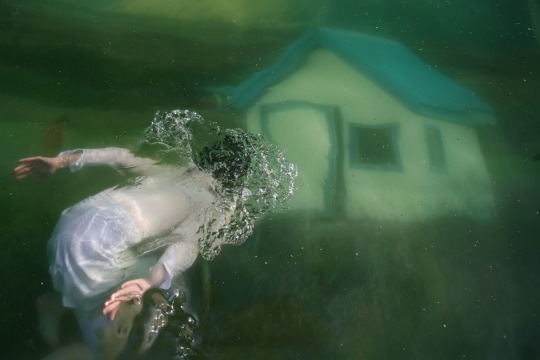Photo
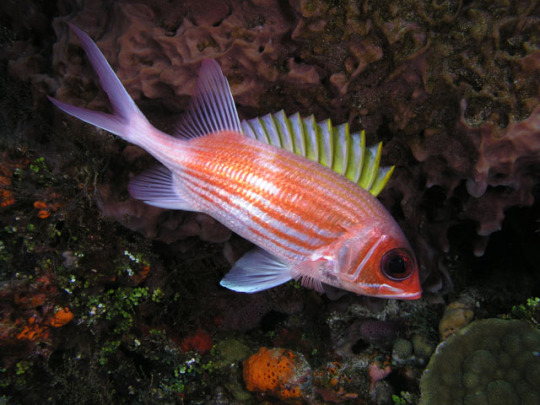
Squirrelfish (Holocentrus adscensionis) (Image Source)
64 notes
·
View notes
Text

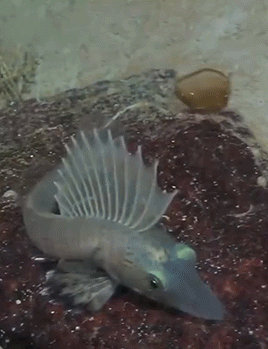
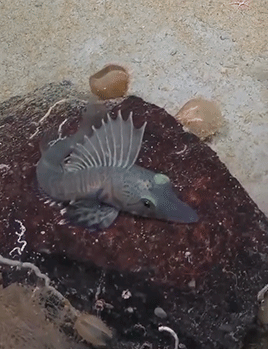
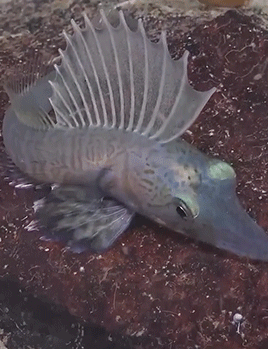
The family Channichthyidae are more commonly known as icefish, and they are the only known vertebrates that lack hemoglobin in their blood as adults. As a result their blood is white and their skin appears translucent.
©
9K notes
·
View notes
Text

to my parents' little house in nowhere, I love you
5K notes
·
View notes
Text

ough oh ah yeah oh yeah ya yes yes yes yesssss
9K notes
·
View notes
Text
“They’re Hiding Everywhere Down There”: Scientists Say 60% of Ocean Floor May Be Home to Rare Supergiant Crustaceans - Sustainability Times
“They’re Hiding Everywhere Down There”: Scientists Say 60% of Ocean Floor May Be Home to Rare Supergiant Crustaceans - Sustainability Times https://share.google/zgXRF0cJQZIJ2foba
Far beneath the ocean’s surface lies a world shrouded in mystery and darkness, where few creatures dare to dwell. Among these deep-sea inhabitants is the Alicella gigantea, the largest known species of amphipod. Unlike its smaller relatives, A. gigantea can grow to an astonishing size of 13.4 inches. For years, this species was considered a rarity, but recent discoveries suggest it might actually be widespread, occupying a vast portion of the ocean floor. This revelation highlights our limited understanding of the deep ocean and its enigmatic residents.
The Giant of the Deep: Alicella Gigantea
The Alicella gigantea is a remarkable crustacean that defies the norms of its amphipod family. While most amphipods are small and shrimp-like, A. gigantea stands out as a giant, reaching sizes up to 13.4 inches. Its oversized body and unique adaptations allow it to thrive in the harsh conditions of the ocean’s abyssal and hadal zones. These regions, located below depths of 9,843 feet, are characterized by extreme cold, crushing pressures, and complete darkness. Despite these inhospitable conditions, A. gigantea has carved out a niche for itself, showcasing the resilience and adaptability of life in the deep sea.
Historically, sightings of A. gigantea have been rare, leading scientists to believe the species was scarce. However, recent research challenges this notion, suggesting its perceived rarity is more a result of our limited exploration of its deep-sea habitat. As technology advances, allowing for deeper dives and better sampling methods, we are beginning to uncover the true extent of A. gigantea’s distribution, which may span 59 percent of the world’s oceans.
[Click the link above to read the full article; you won't be disappointed!]
1 note
·
View note
Text


I nearly walked right past this tiny portal to an nth dimension!
#street art#miniature#my photography#mini art#lowell ma#guerilla art#magic#downtown lowell#01852#bricks
4 notes
·
View notes
Text


Sly Stone of the psychedelic soul group Sly and the Family Stone
46 notes
·
View notes
Text

Bilateral Gynandromorph
Organisms that have a mix of male and female characteristics on each side of their body. They occur in certain insects, birds, and crustaceans due to a genetic anomaly during early development. In perfect bilateral gynandromorphism, the creature's body is divided in a line down the center. One side is male and the other side is female. However, such conditions are exceedingly rare.
5K notes
·
View notes
Text
507 notes
·
View notes




